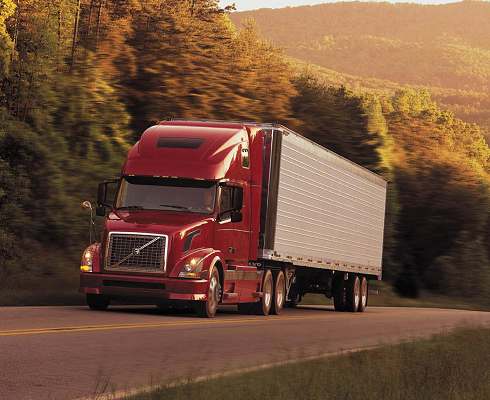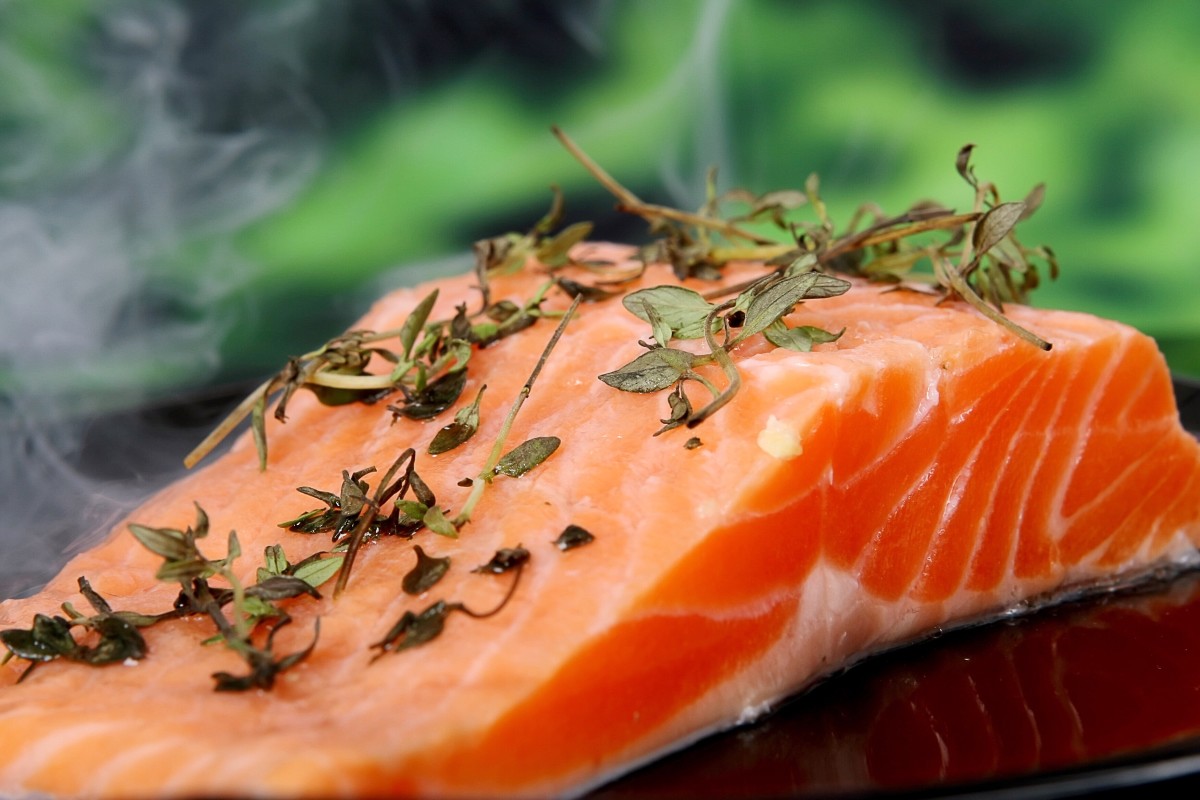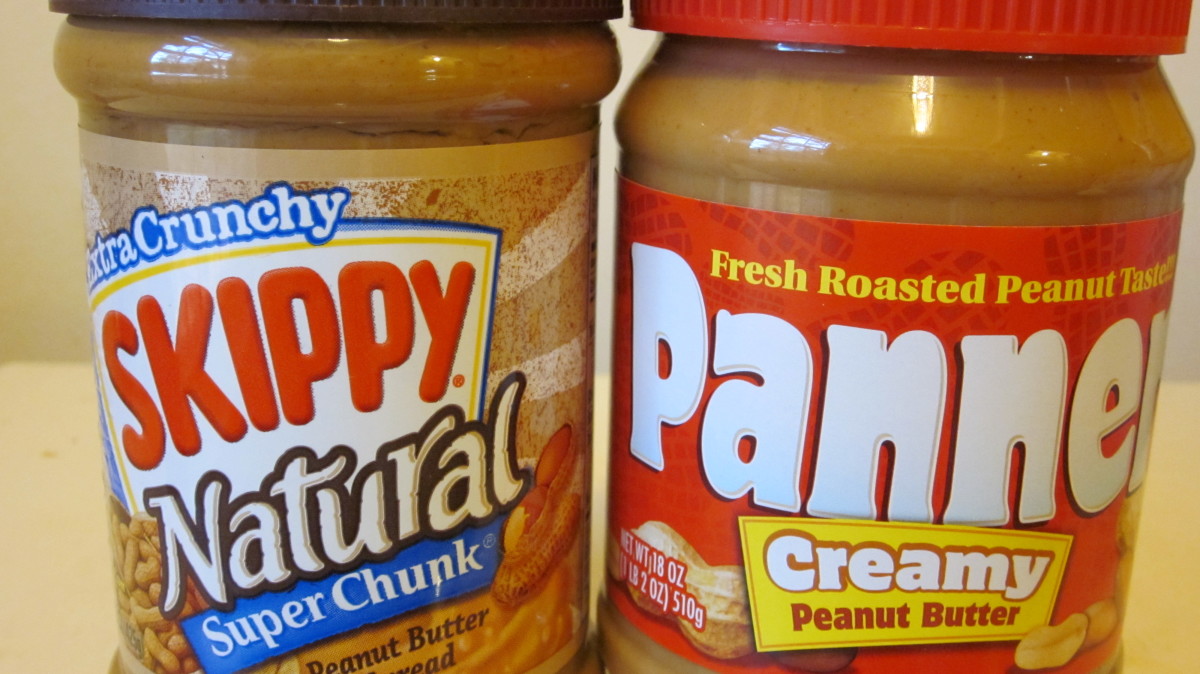The problem with "food miles" as an ecological buying guide.

food miles?
By now we all now about the hidden oil in food, and the benefits of eating locally grown foods right?
Foods trucked from around the continent burn millions of gallons of diesel each year, and are a primary contributor to the embedded oil in the foods that we eat, and are a major source of carbon emissions.
Unfortunately, although governments are considering helping consumers to make better ecological food choices by placing food miles stickers (indicating the number of miles something has traveled to market) on foods, food ecology experts have recently criticized the plan. They cite British lamb sold in Britain and New Zealand lamb sold in Britain as an example of the problem.
New Zealand lams is fed at pasture, and then shipped by sea freight to the markets of Britain, and when you consider the food miles alone (11 000!) this seems like a pretty negative food choice; but since British lamb is fed almost entirely by grain feed and not at pasture, the NZ lamb is in fact the far more ecological option. Estimates at the carbon emissions per ton of lamb have the NZ lamb well ahead with only 1520 per ton, compared with the local feed grown lamb at 6280 per ton!
So while the food miles concept may be easily understandable and digestible, and in many cases give an accurate indication of the overall ecological impact of the food, it is not a perfect system.
We need to eat locally, but also seasonally, and eat foods that are indigent to our areas. But we may also need to make use of some environmentally friendly transport, allowing foods to be grown in areas that can do so with minimal impact, and shipping these products out from there.
It's great that consumers are now considering these factors when buying groceries, and it's unfortunate that the decision couldn’t be a bit more cut and dry!





